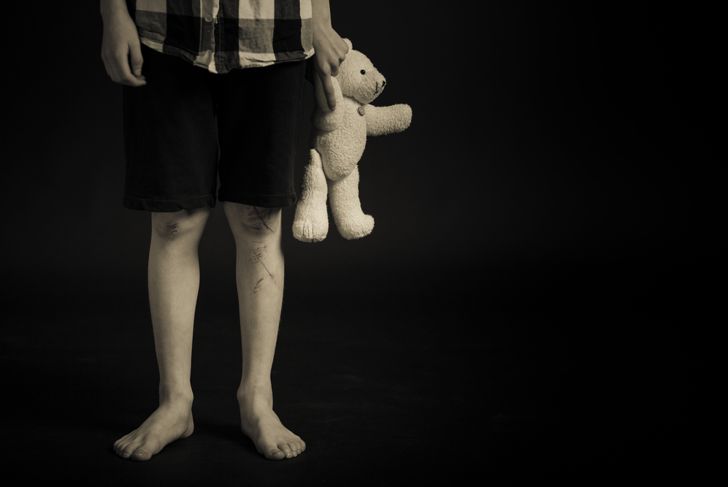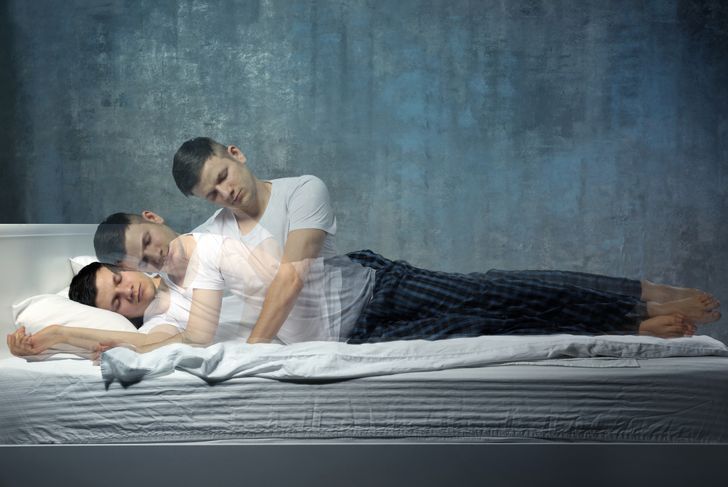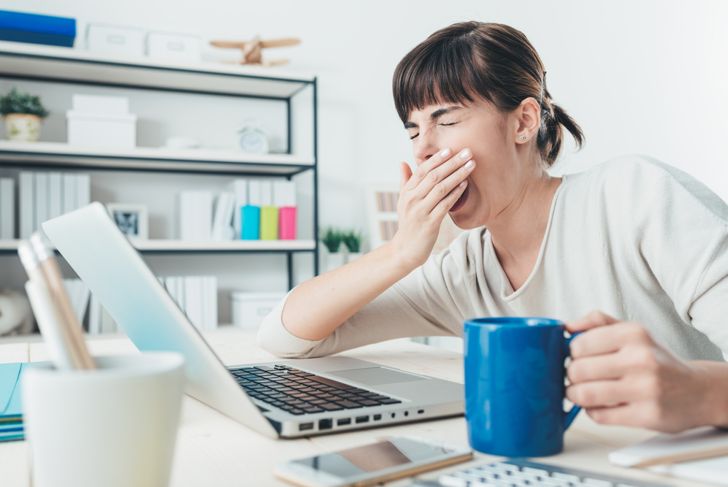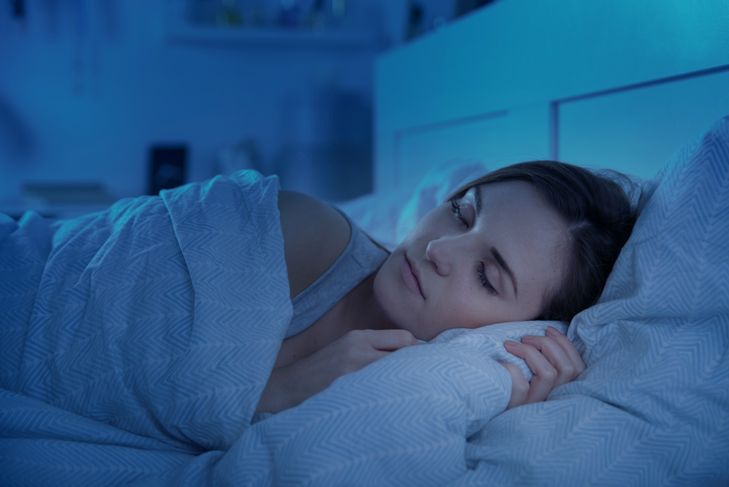Sleepwalking occurs when there is a dissociation between ‘body sleep’ and ‘mind sleep.’ It is defined as parasomnia–an undesired event that occurs during sleep. Sometimes sleepwalking involves just the action of walking for a short period, and it is mostly harmless. Other times, however, sleepwalking episodes may involve doing additional actions such as eating, talking, using the bathroom, and even driving. For this reason, it can be dangerous.
Sleepwalking is More Common in Childhood than in Adulthood
Children in the age group of 3-12 have the highest prevalence of sleepwalking. Up to 16.7% of children these ages sleepwalk. As people reach teenagerhood and adulthood, they are less likely to sleepwalk. A 1997 sleepwalking study published in The Journal of Neurology consisted of 11,220 subjects aged 33 to 60 years. The study found that sleepwalking had occurred in 3.9% of adult men and 3.1% of women. It was also found that those who reported sleepwalking in childhood were more likely to sleepwalk during adulthood. Adult men, sleepwalkers had an 88.9% positive history of sleepwalking in childhood, and in women, 84.5%.
Sleepwalking is Genetic
Those with siblings or parents who have experienced sleepwalking or night terrors are more likely to experience it themselves. In one study published in The British Journal of Psychiatry, 80% of the sleepwalkers had a family member who was also affected by sleepwalking, and 96% of the night-terror subjects had a family member who was affected as well. Sleepwalking is more prevalent and less severe than night terrors, although the conditions share a common genetic predisposition. A twin is five times more likely to experience sleepwalking episodes if the other twin sleepwalks. Even though sleepwalking is hereditary, it is influenced by environmental factors which is why some children regularly sleepwalk, while a sibling may not.
Sleepwalking is usually Triggered by Something
More often than not, a sleepwalker has a “reason” for sleepwalking. In other words, it is not an automatic action that happens for no apparent reason. A night terror may trigger it, or medication or alcohol may trigger it. Sometimes a person may even recall sleepwalking, and although the reason may not make sense once he is awake, it made sense at the moment.
You may Guide a Sleepwalker Back to Bed
Waking a sleepwalker poses no harm to the sleeper’s health. However, there have been cases reported in which the sleepwalker woke up disoriented enough to attack the person who woke them—especially among male sleepwalkers. Adults who sleepwalk may be in danger of walking outside or driving a car, so they should not be left alone either. Instead, try to coax the sleepwalker back to bed without waking them.
The Sleepwalker may Appear Awake
Sleepwalkers usually have their eyes open during a sleepwalking episode. They may even carry a full conversation while they are sleeping. For this reason, it may be difficult to determine if the person is awake or asleep. You may not find out until the next day when the sleepwalker has no recollection of last night’s conversation. If the person does not recall that period, it is likely that he was sleepwalking.
Sleepwalkers may Feel Tired the Next Day
People who sleepwalk may feel more tired the next day due to interrupted sleep. Even if they do not recall the episode, they may suffer the consequences the following day. According to a study, teens who had sleepwalking episodes performed worse on vigilance tests than those who did not. Another study on sleepwalking adults found that sleepwalking is strongly linked to somnolence, or sleepiness during the day.
Sleepwalking can be Prevented
People with unhealthy sleep routines are more likely to sleepwalk. To try and prevent sleepwalking, establish a regular bedtime routine. Avoid looking at a screen starting an hour before bedtime, and engage in a relaxing activity instead—like reading. Go to bed and wake up at the same time each day, and avoid taking mid-day naps. Caffeine should be restricted to morning hours only.
People with Other Disorders are at a Higher Risk of Sleepwalking
Sleepwalking is often triggered by another psychological condition. Those with psychiatric disorders or depression are 3.5 times more likely to sleepwalk than those without. People with apnea are also at a higher risk for sleepwalking. Alcohol abuse, drug use, and certain prescription medications raise the risk of sleepwalking episodes as well.
The brain does not all sleep at once
Many studies show that when a person falls asleep, certain parts of the brain may remain awake, or fall asleep at a different time. Sleepwalking engages the part of the brain which generates complex behaviors—and that part of the brain remains awake. Therefore, a person may repeat familiar daily activities, but will not do anything new. The decision-making part of the brain remains asleep during sleepwalking.
There are different types of sleepwalking
The most common type of sleepwalking happens during the first third of the night in non-REM sleep. This type of sleep is a lighter sleep, and it usually does not involve dreams. Sleepwalking is then a certain state of wakefulness where the person acts out normal daily activities. The other type of sleepwalking is not actually sleepwalking at all. When a person sleepwalks during REM sleep, it is categorized as a REM sleep behavior disorder (RBD). In this type of ‘sleepwalking,’ a person is usually dreaming and acting out the dream. They may do so with their eyes closed.RBD can be an early sign of a neurodegenerative disorder such as Parkinson’s disease.
If you have a little sleepwalker in the house, don’t worry too much about it. The majority of the time children will grow out of their sleepwalking episodes by the time they reach puberty. Adult sleepwalkers are usually influenced by medications, drugs, or alcohol, and may be able to establish good habits to stop the sleepwalking episodes. Talk to your doctor if you feel that your sleepwalking episodes are impacting your daily life.

 Home
Home Health
Health Diet & Nutrition
Diet & Nutrition Living Well
Living Well More
More




















